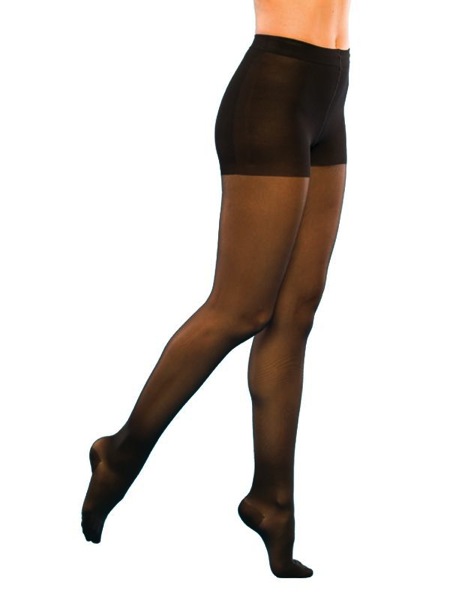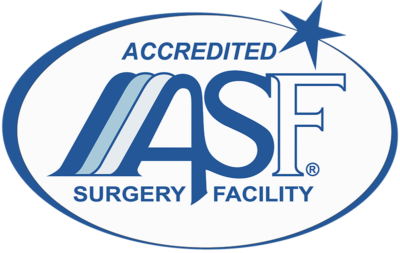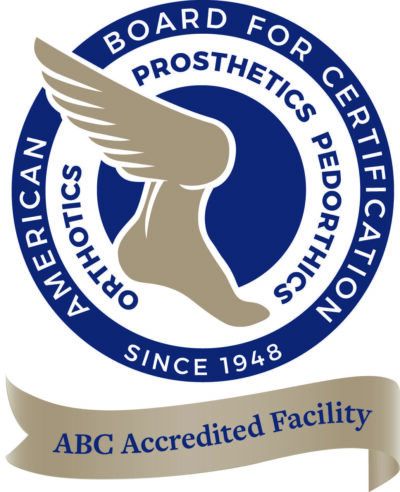Proper care of your legs can help reduce the symptoms of problematic veins and slow down the development of new ones. The more self-care and after-care that you do for any type of treatment, the better your results are likely to be.
Preventative efforts such as walking and exercising, elevating your feet while sitting, and eating a healthy diet all help to improve circulation.
Compression Stockings
The most effective compression stockings require a prescription from your provider.
Tips for using compression stockings safely and effectively:
- Make sure to wear them correctly. Pull them to the designated height and no further. Don’t let them bunch up at the top, as this can restrict circulation.
- Replace them when they start to become loose, which is often after about 4 to 6 months.
- Don’t sleep in them unless directed to.
- Wear the length recommended by your doctor.
- If you don’t want to wear them all the time, use them as much as possible. For example, wear them when you’ll be standing or sitting for long periods.
- If you have trouble pulling them on, wear thin rubber gloves to help improve your grip and prevent tearing.

Proper care of your legs can help reduce the symptoms of problematic veins and slow down the development of new ones. The more self-care and after-care that you do for any type of treatment, the better your results are likely to be.
Preventative efforts such as walking and exercising, elevating your feet while sitting, and eating a healthy diet all help to improve circulation.
Compression Stockings
The most effective compression stockings require a prescription from your provider.
Tips for using compression stockings safely and effectively:
- Make sure to wear them correctly. Pull them to the designated height and no further. Don’t let them bunch up at the top, as this can restrict circulation.
- Replace them when they start to become loose, which is often after about 4 to 6 months.
- Don’t sleep in them unless directed to.
- Wear the length recommended by your doctor.
- If you don’t want to wear them all the time, use them as much as possible. For example, wear them when you’ll be standing or sitting for long periods.
- If you have trouble pulling them on, wear thin rubber gloves to help improve your grip and prevent tearing.







